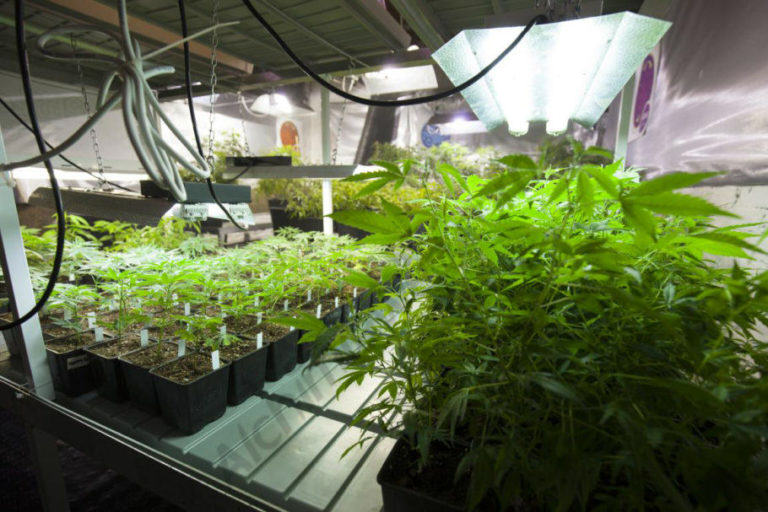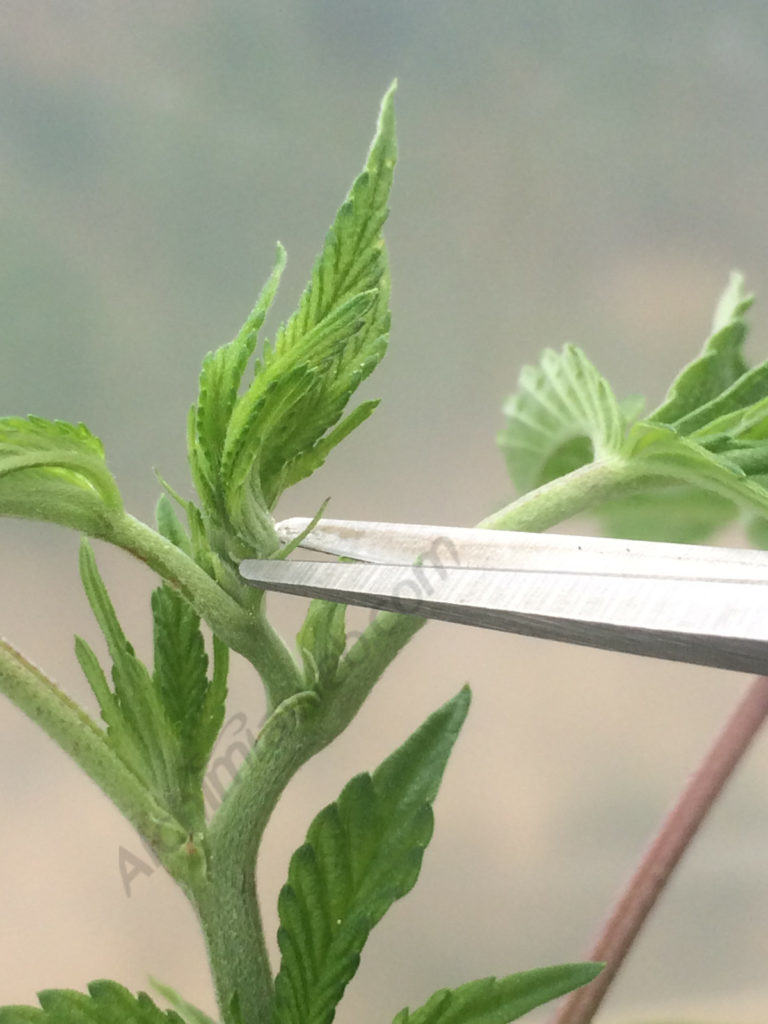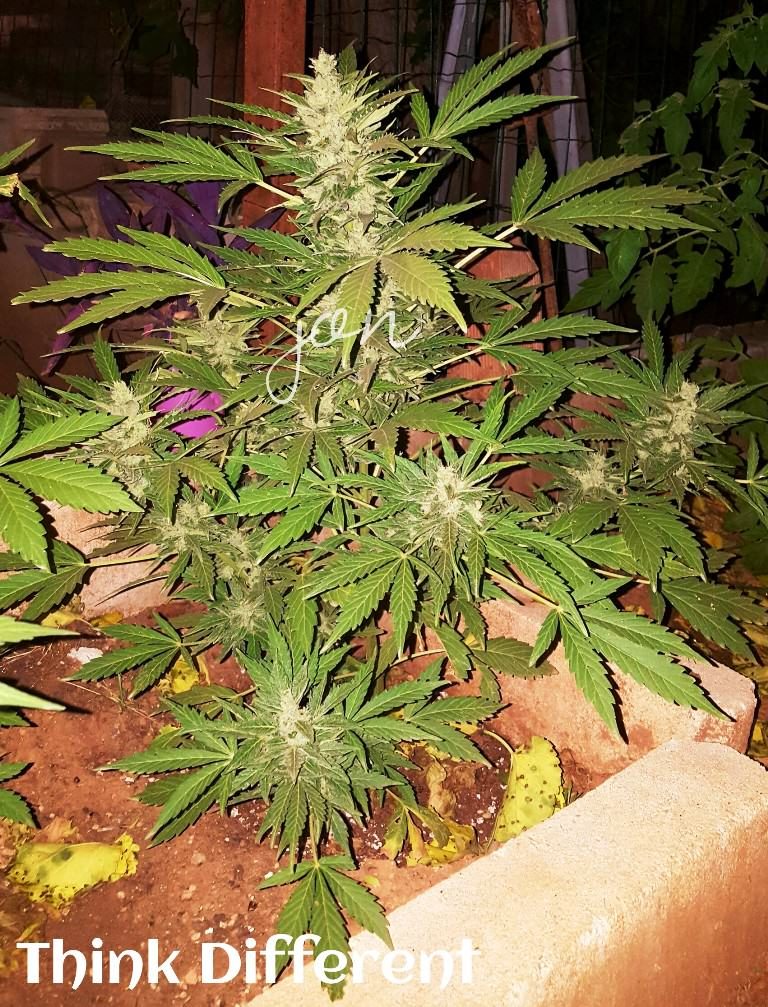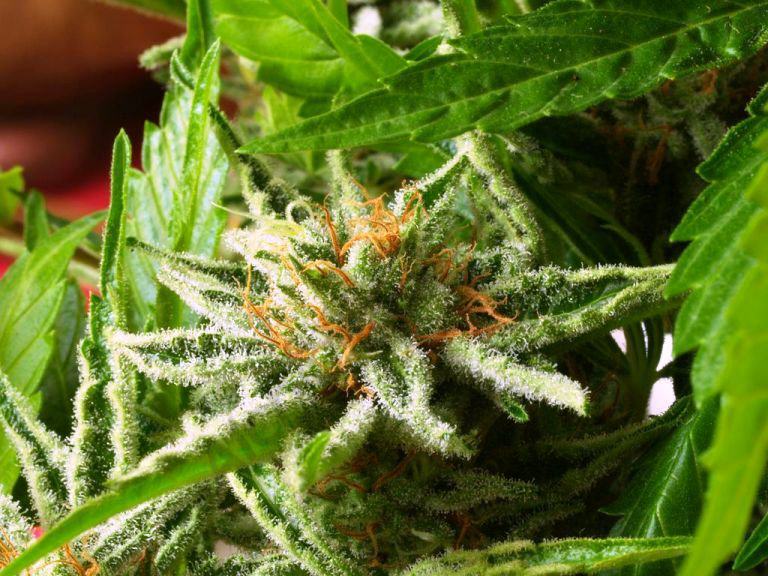Selecting cannabis mother plants
List of contents
Although many cannabis growers use seeds on each and every crop, whether growing under artificial lights or outdoors, some of them prefer to keep their mother plants in an indoor grow space and consistently take cuttings to get them to flower whenever it suits them. Both methods have advantages and disadvantages; on the one hand, when cultivating from seeds you get a greater variety of flavours, aromas and effects than when you grow from cuttings. In addition, plants cultivated from seeds are usually more vigorous and productive.
However, when using clones, you obtain identical plants, with exactly the same flavour, aroma and effect. In some cases, if you are looking for a particular flavour or high, it?s the easiest way to achieve it. For this reason, many growers cultivate from seed in order to choose the best specimen to keep it as a mother plant for their future crops. In this article, we explain how to do this.
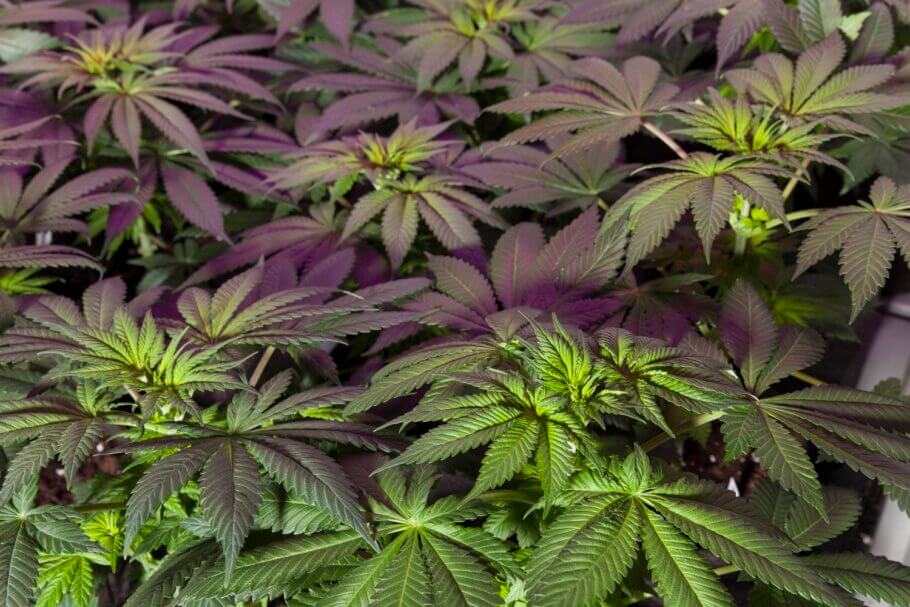
Why select a mother plant?
As you already know, seeds from the same variety produce plants that, while sharing the same genetics, will exhibit different traits among themselves, depending on how stable the cross is. Sometimes, there?s hardly any difference between the plants, in which case we will be talking about a particularly stable cross. However, on other occasions, you?ll see huge differences between specimens of the same generation.
Whatever the case, if you want to choose a mother plant, you have to bear in mind a series of parameters in order to ensure it will be a good candidate. As we?ll see later, some of these parameters could be considered almost binding, while others are completely subjective and can be of less importance depending on the case.
The first things you should ask yourself are: why choose a specific plant? What needs should it meet? Many times, the first parameters we take into account are things such as maximum outdoor production, as in the case of large commercial operations. On the other hand, many growers do not care much for these criteria and consider much more important other aspects such as taste or effect, which would be the case for most home-growers.
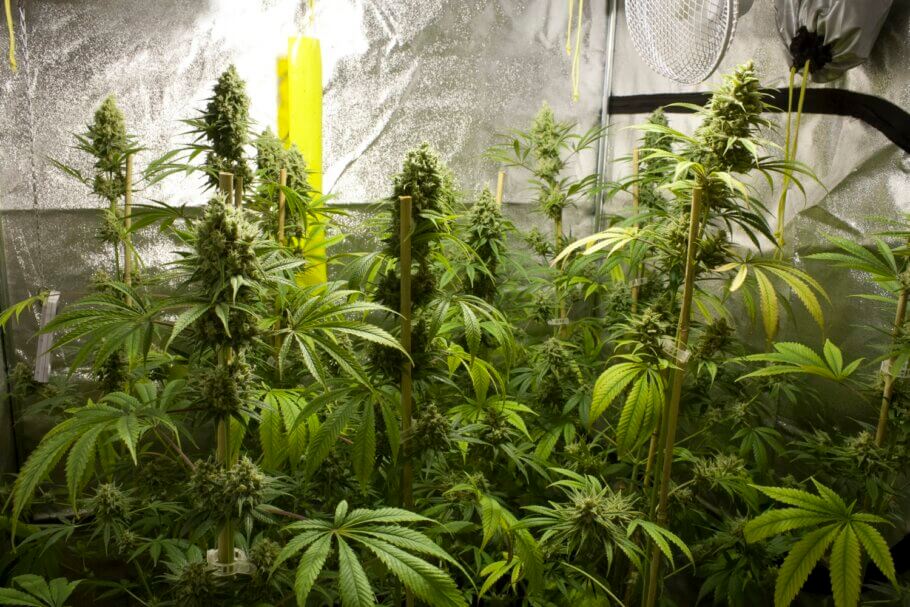
As you can see, a large part of the selection process is subjective and depends entirely on the grower preferences, while other times it?s determined by commercial or professional factors... a commercial grower, a breeder and a home-grower will be looking for very different things in a plant!
Criteria to select a mother plant
Let's see some of the parameters most commonly taken into consideration when selecting a good mother plant for future crops from cuttings. It would make little sense to choose your plants from clones, as they are identical. You?ll need to start with feminized or regular seeds; both types are suitable as long as they are not automatic seeds since it?s not possible to keep an autoflowering plant in a permanent vegetative state.
Before we continue, it?s worth noting that a plant selection is not a regular crop, especially if you want to be thorough. Aspects such as the labelling of the plants and their clones, which you?ll have to maintain until the harvest to decide which ones to keep, are more important than ever. It is also a good practice not to rely on your memory and keep a grow diary to record any observations that could be relevant later on, when deciding on one or another plant.
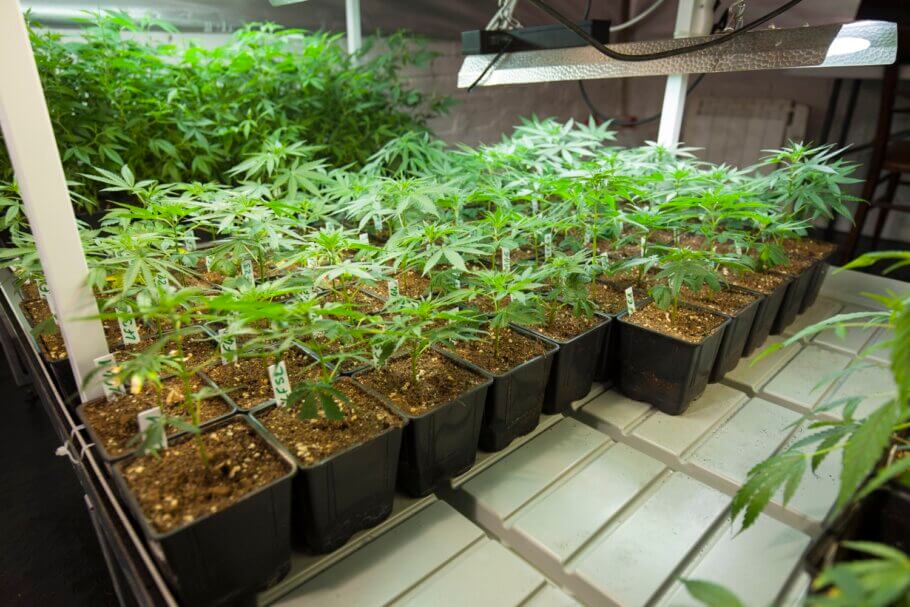
Let's look now at some of the parameters you need to bear in mind when making a selection:
Germination and rooting
While vigorous germination is not a key aspect in determining whether a plant is "better" than other, it?s advisable to keep it in mind; trying to always choose between the plants that have germinated first and displayed more strength during that first phase. Of course, it?s always possible that the best specimen takes two or three more days to germinate than its sisters, and thus we stress this is not a key factor. You can?t rule out a potential elite clone because it took a few days longer to germinate!
Some growers could focus more on root production, which is always important, as a healthy, strong and well-established root system is usually synonymous with a healthy plant and a vigorous growth. But it?s even more important when, for example, running commercial cultivation of rooted seedlings or clones! In this case, the cuttings or seedlings rooting speed and root production will be crucial once they are transplanted.
Vegetative vigour
The vigour displayed by the plant during the vegetative phase can be quite an important factor, especially when it comes to commercial crops. Few professional growers would want to work with plants that present a very long growing phase indoors, or produce very little outdoors due to their small size; always preferring specimens with a good vegetative vigour in order to save time and money and - especially outdoors - obtain highly productive plants.
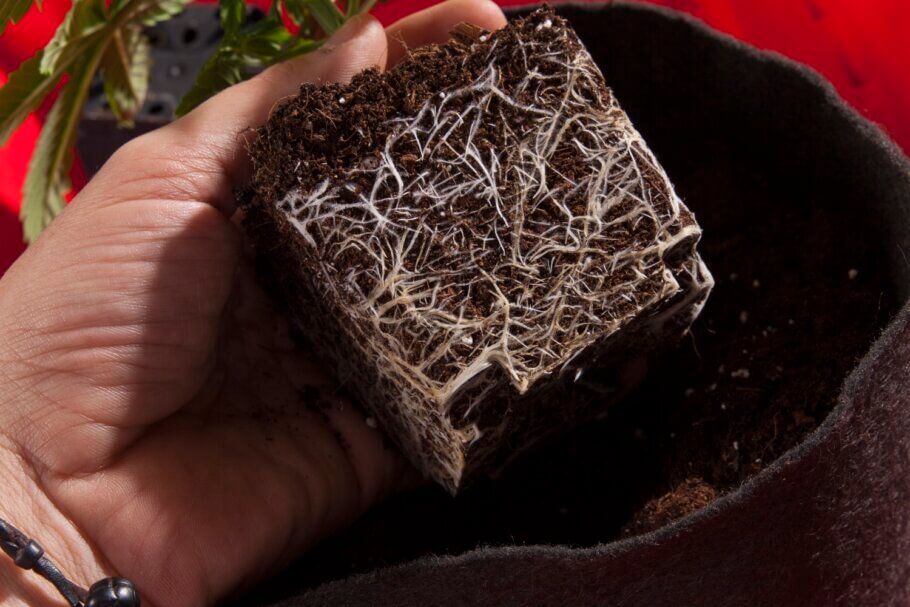
And the same applies to the so-called nurseries, which are farms mainly dedicated to the propagation and sale of clones. They don?t have any use for a plant that needs several weeks between one batch of clones and the next. They want plants that respond well to pruning and are able to develop new branches and shoots as soon as possible. By contrast, for the cultivators who simply seek flower quality, this could be a secondary factor, as they are willing to sacrifice production time in favour of a superior final product.
Structure
Once again, this is a factor of relative importance which largely depends on the cultivator. Usually, growers prefer plants that branch generously and bear well the weight of the buds, because as we all know, branch means production, whether you want flowers, clones or resin extractions. For a clone producer, this is a crucial factor, as well as for most outdoor growers, since it's very difficult to obtain large harvests from plants that don?t branch properly or show very little vigour.
However, the growers who use the SOG technique may prefer plants with little branching, a columnar growth pattern, and a single main cola where all the flower production can be concentrated. A breeder could be looking for a plant that won?t develop large leaves with long petioles and will pass this trait on to its offspring. Or maybe they want plants with very flexible stems that can withstand strong winds... Each cultivator has very specific needs that can be diametrically opposed to those of another grower, and that's something that is reflected in the type of plants selected by one and the other.
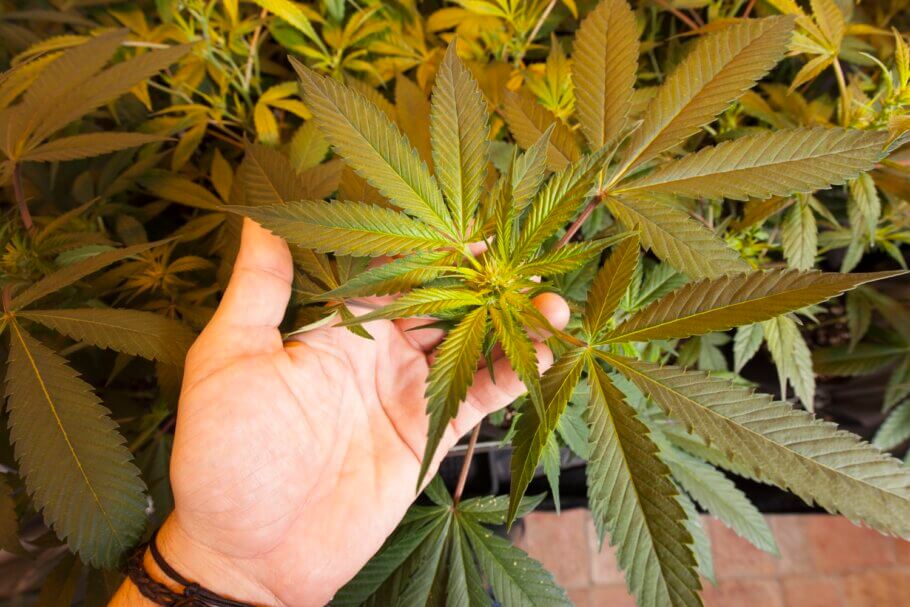
Flowering time
This factor can be decisive, as every cultivator wants plants that are as fast as possible. Whether a commercial or a home-grower, indoors or outdoors... you?ll always want the flowering period to end as soon as possible! We say it can be decisive because you may not mind a plant that takes a week longer than its sister if you are looking for flavour, effect or structure; but what is certain is that nobody wants to keep a plant that displays the same characteristics as other but takes longer to be ready for harvest.
Resistance
Another key factor when choosing a plant; especially considering it?s not a good idea to select a mother plant that is prone to problems such as pests and diseases, has difficulty to take up nutrients, or does not adapt well to being in the same pot for long periods of time; this latter case is a problem that all breeding lovers would have experimented when trying to keep male plants.
You need to choose from the specimens that show the greatest resistance to this type of problems, trying to preserve a strong and robust plant that will save you many setbacks in the future. There could be growers who, for climate reasons, need plants that are moisture-resistant, or particularly resistant to light stress, but what everyone agrees on is in wanting plants that are resistant to pests and fungi.
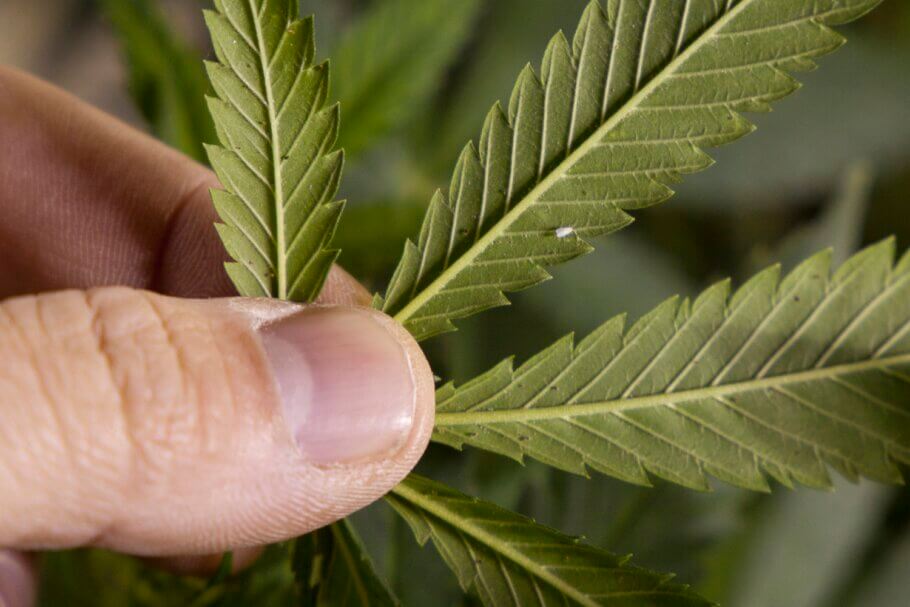
Bud production
Without any doubt, a plant?s final production is a significant parameter for many growers. In a similar way to the flowering period, everyone prefers productive plants... very productive! After all, a vast majority of cultivators grow cannabis to harvest the buds, so a good harvest will always be welcome.
Once again, it's a matter of finding the balance between the desired production and the other parameters that are important to the grower. Of course, finding a plant that performs like a champion and produces high-quality buds is one of the main goals of many plant selections. And if we add to this a decent flowering time, you could be facing a clone to talk about in the future!
Aside from the flowers themselves final weight, another parameter could be the chalice/leaf ratio. Personally, and to give just an example, I have ruled out plants for having too many leaves in the flowers; too much manicure work in exchange for very little bud. I rather keep another plant with a better chalice/leaf ratio and less final weight.
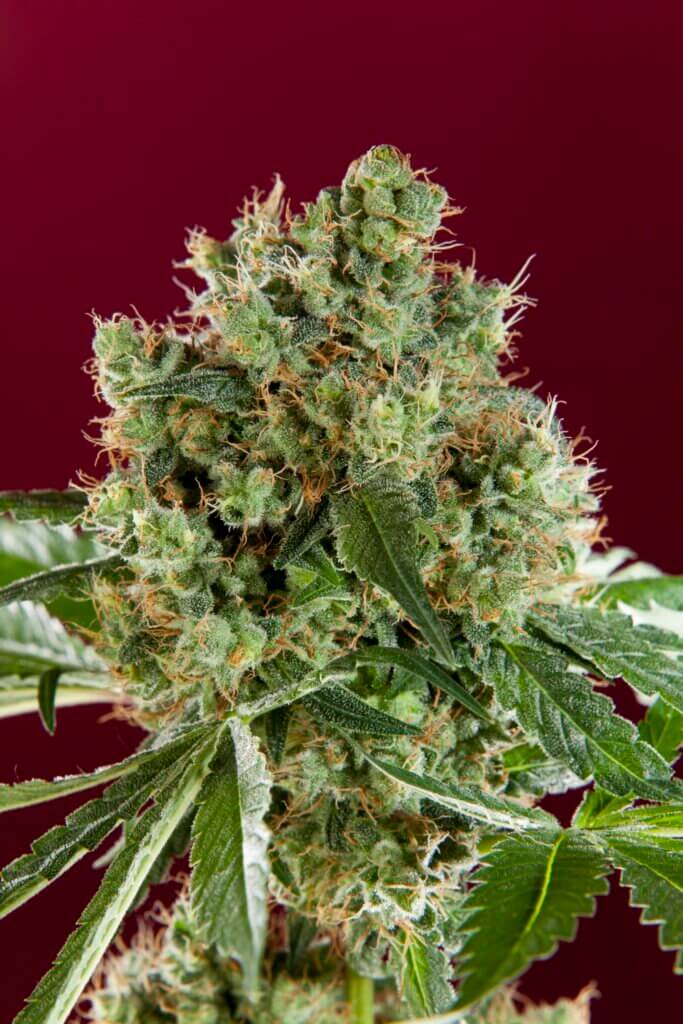
Finally, when selecting male plants for a breeding project, it?s important to focus not only on the production of floral clusters, but also, once they are ripened, on the pollen. You won?t do much with a male plant with lots of flowers and hardly any pollen... This may be not a big problem for regular seed producers, but it?s an issue for producers of feminized seeds.
Hermaphroditism
This is an important matter, especially when selecting plants for breeding. Although there might be some exceptions, as some of the popular elite clones have known tendencies to hermaphroditism, as a general rule you should rule out monoicous specimens from your selection. Nobody likes to smoke cannabis with seeds!
There might be plants that in the late flowering stage start developing a few "bananas"; if the quality of the flowers is worth it this won?t be a big issue, since many times the male flowers are not even fertile. However, if they are "true hermaphrodites," it?s better to get rid of them at the time of the identification.
Resin production
Resin production had always been one of the main factors to bear in mind, but with the rise in the consumption of high-quality extracts we?ve seen in recent years, now it?s a determining factor when it comes to keeping a plant or discarding it. Resin production can vary dramatically from plant to plant, ranging - broadly - between 10% and 25%. In this the case, it?s a crucial parameter for both concentrates producers and lovers.
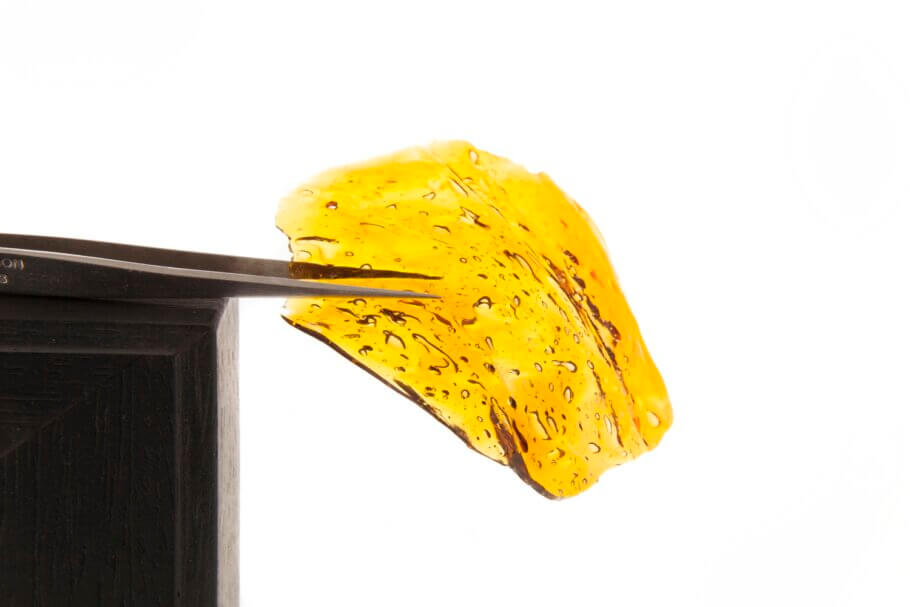
When choosing a male plant, aside from the structure and aroma during growth, resin production is a very important factor to decide between one and another plant. Male plants don?t normally have a plethora of glandular trichomes, so in you find one that does, it?s advisable to cherish it and use it often!
Taste and aroma
Again, one of the most important parameters when selecting a mother plant. Whether you are looking for small, robust plants or big monsters with lots of branches, you?ll always want intense and nice aromas and flavours. You can ignore some of the parameters we?ve seen when selecting your future mother plant, and not mind too much its structure or flowering times, but surely no one wants to keep a plant that offers little smell or taste, or with unpleasant or unattractive aromas and flavours.
In many cases, this is the first factor to take into account: the plants with the best aromas and flavours are chosen, and then the other parameters are analysed to decide which of them will be the future mother plant.
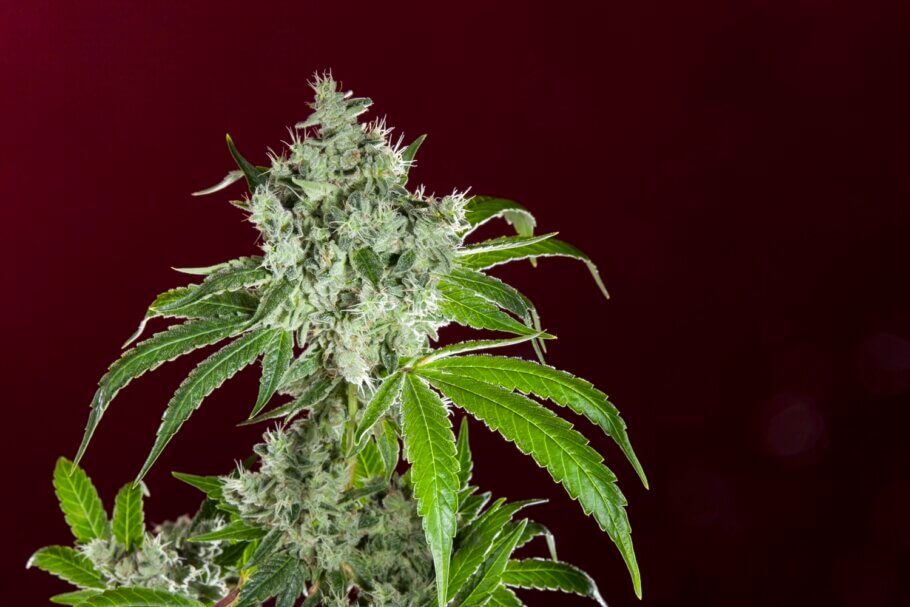
Effect
The effect is another factor that can tip the scales one way or the other. Although sometimes you may place more value on other criteria, such as flowering times or bud production for commercial crops or when simply looking for the best possible yields, it?s often an important factor for the person carrying out the selection, who will discard the plants that don?t produce the desired effect.
This becomes especially important for medical cannabis users, for which this factor would be practically the only one to consider; if the plant offers the desired effect, it doesn?t matter how it grows or smells! When selecting your plant, you should only choose plants that offer the effect you are looking for, and then - as always occurs with a key and indispensable factor - you?ll have to analyse other parameters for the final selection.
Cannabinoid content
As with resin production, a factor that has become very important in recent years, cannabinoid content is, for many businesses and medical marijuana users, the main parameter to consider. Especially for producers of extracts and isolated cannabinoids, it's crucial to find plants with the desired cannabinoid rate.
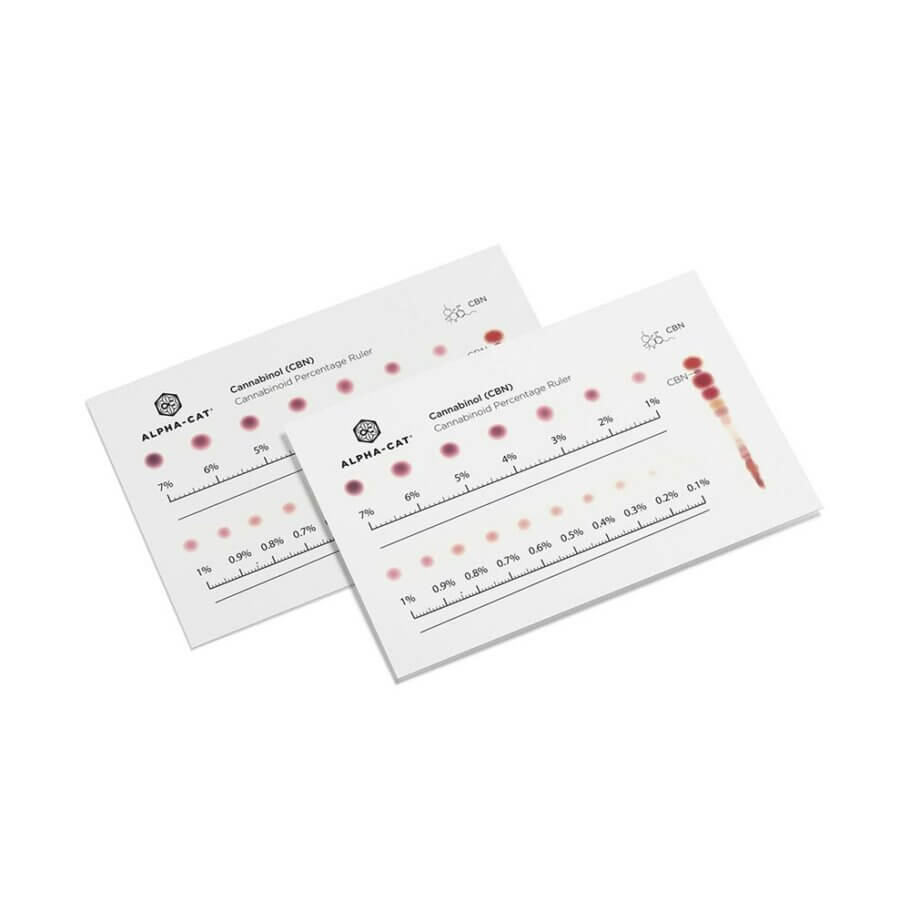
Even in a domestic environment, when more and more people are growing their own cannabis at home to relieve their ailments, you can analyze your flowers with some practical kits that include everything you need, such as the Alpha-Cat Cannabinoid Analysis Kit. This way, you?ll know the approximate content of the main cannabinoids, something that can be very useful when choosing a particular plant.
As you can see, there are a few parameters to consider when selecting a mother plant, although in most cases you can narrow the truly important down to just a few. And, who knows? Perhaps the next elite clone comes out of your grow room!
As always, do not hesitate to share your advice, doubts and experiences on this subject; it will be a pleasure to read them and answer you.
Happy growing!
































































